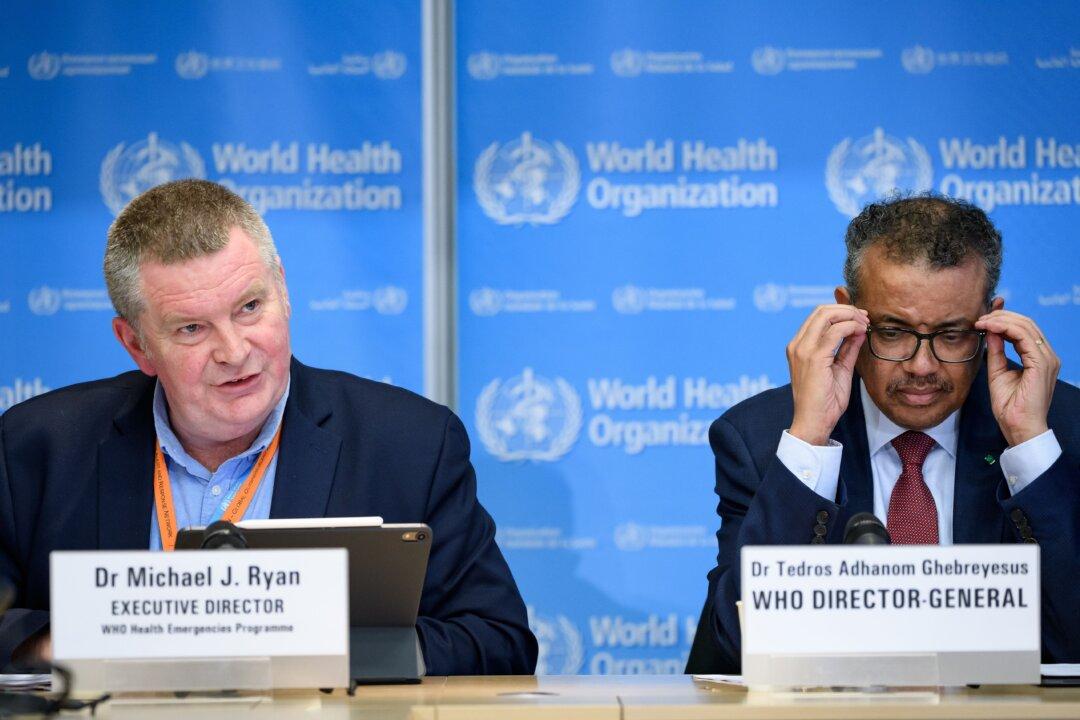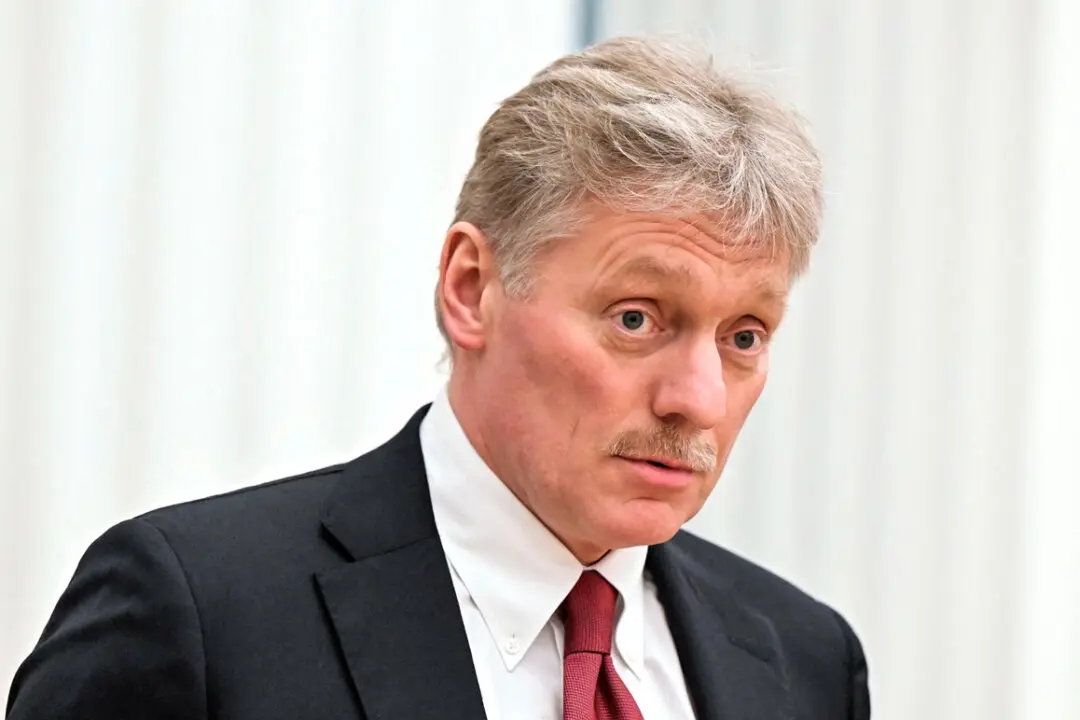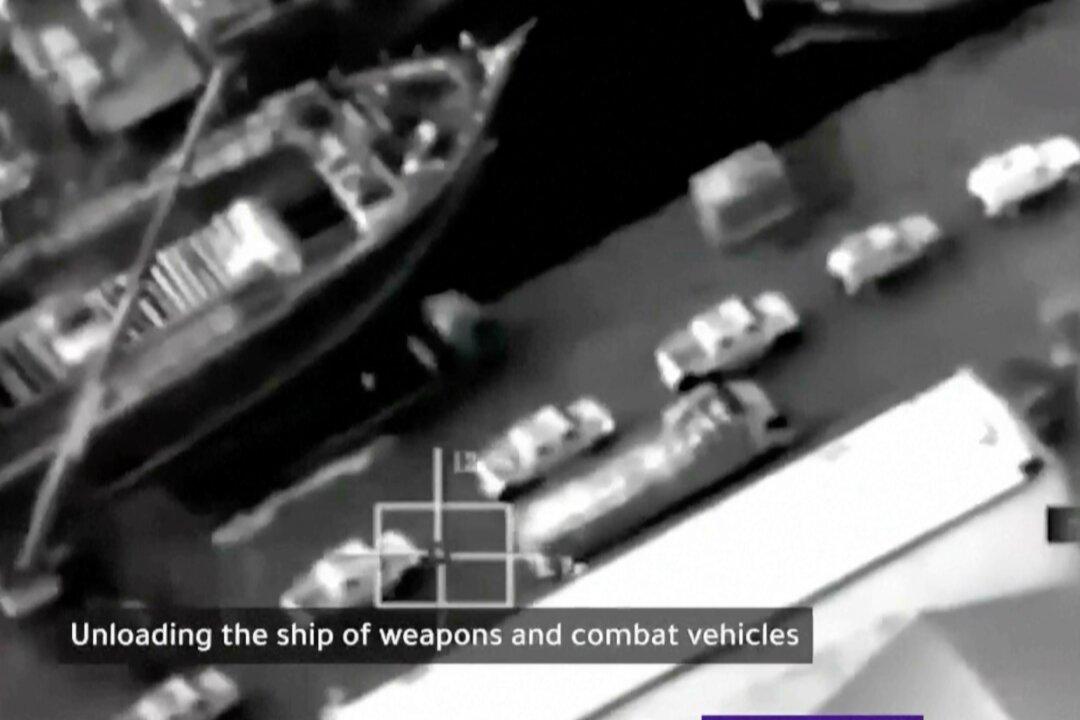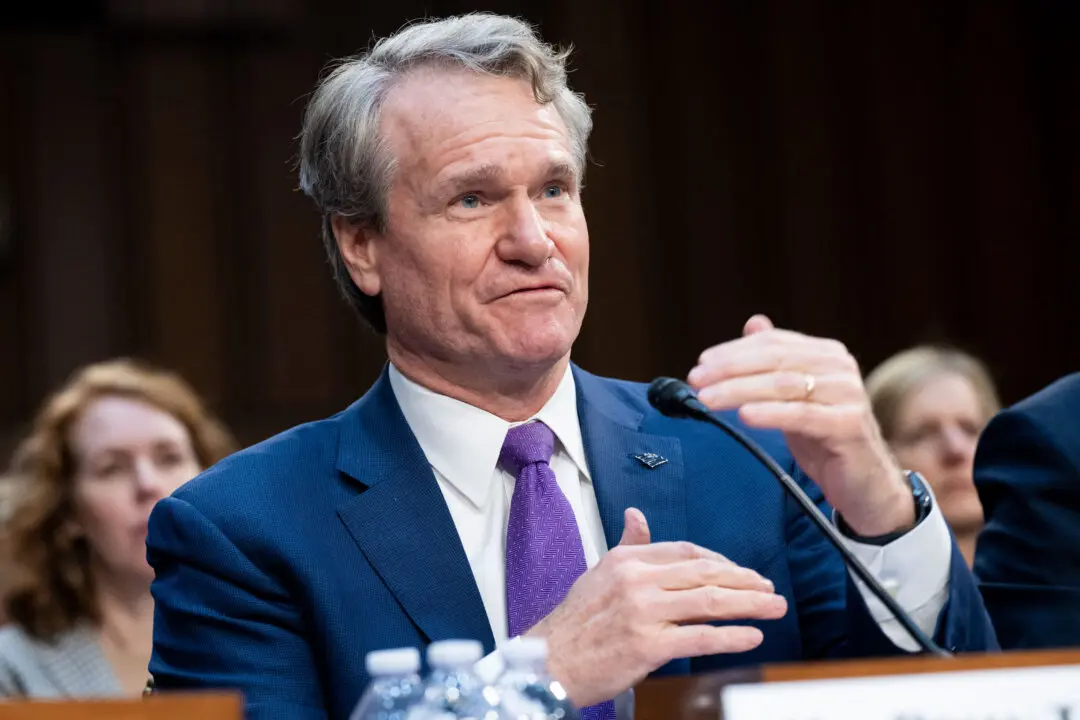Countries can plan to end lockdowns in certain regions if they have widespread COVID-19 testing and “very sophisticated surveillance” to spot resurgent virus hotspots, according to the World Health Organization (WHO).
Responding to a question by a reporter, who at a WHO briefing Friday asked when countries that have few COVID-19 cases could begin to ease onerous lockdowns that are “changing our lives,” WHO Health Emergencies Program Executive Director Michael Ryan said that while the run of the epidemic is unpredictable, containment and mitigation measures should be adapted to the situation on the ground.





